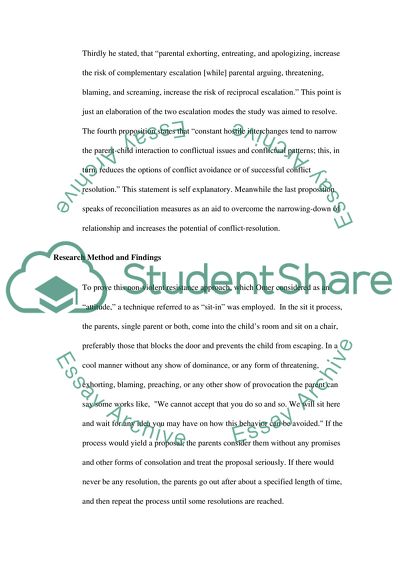Cite this document
(Helping Parents Deal with Children's Acute Disciplinary Problems without Escalation Research Proposal Example | Topics and Well Written Essays - 1500 words, n.d.)
Helping Parents Deal with Children's Acute Disciplinary Problems without Escalation Research Proposal Example | Topics and Well Written Essays - 1500 words. https://studentshare.org/social-science/1715158-families-delinquency-and-crimes-soc-428
Helping Parents Deal with Children's Acute Disciplinary Problems without Escalation Research Proposal Example | Topics and Well Written Essays - 1500 words. https://studentshare.org/social-science/1715158-families-delinquency-and-crimes-soc-428
(Helping Parents Deal With Children'S Acute Disciplinary Problems Without Escalation Research Proposal Example | Topics and Well Written Essays - 1500 Words)
Helping Parents Deal With Children'S Acute Disciplinary Problems Without Escalation Research Proposal Example | Topics and Well Written Essays - 1500 Words. https://studentshare.org/social-science/1715158-families-delinquency-and-crimes-soc-428.
Helping Parents Deal With Children'S Acute Disciplinary Problems Without Escalation Research Proposal Example | Topics and Well Written Essays - 1500 Words. https://studentshare.org/social-science/1715158-families-delinquency-and-crimes-soc-428.
“Helping Parents Deal With Children'S Acute Disciplinary Problems Without Escalation Research Proposal Example | Topics and Well Written Essays - 1500 Words”. https://studentshare.org/social-science/1715158-families-delinquency-and-crimes-soc-428.


